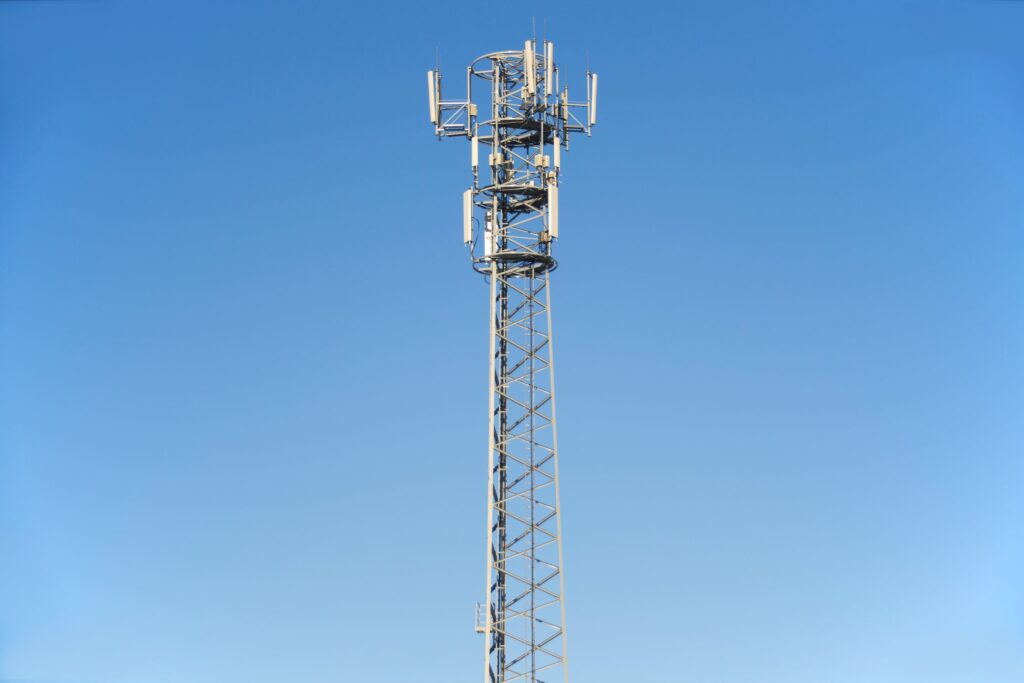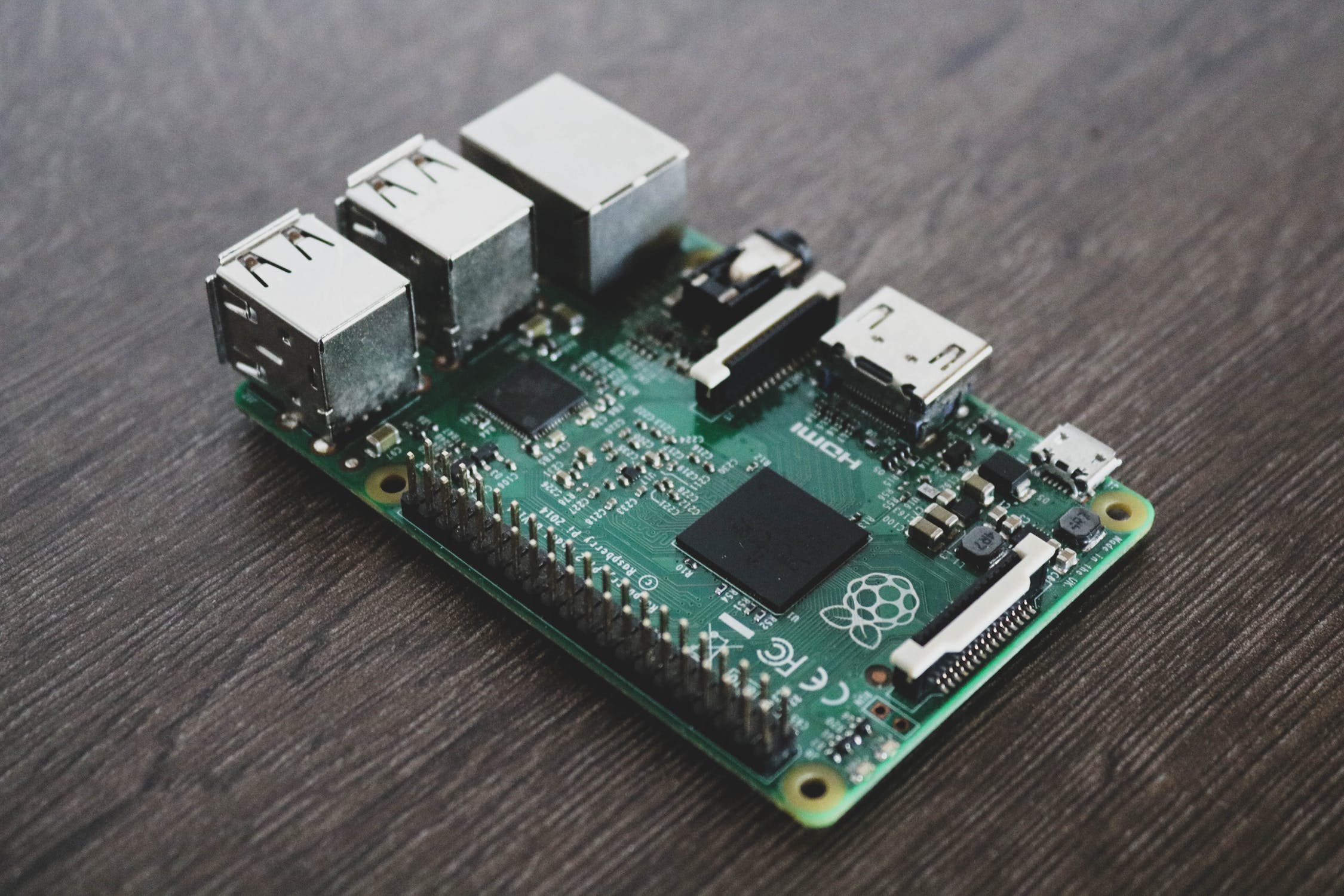Applications – Electronics
The electronics industry is comprised of some prominent sectors of the economy, which included:
- entertainment
- communications
- business
Within each of the above mentioned sectors are a plethora of devices that are constantly being upgraded in order to keep up with ever changing demands. For example, the cell phone industry thrives on constant advancement. Quite often consumers with a perfectly functioning version of an older smartphone will upgrade to the newest version. If one doesn’t upgrade their phone they will certainly have to upgrade the software on their phone.
Upgrades in the electronics industry are not limited to software. Hardware is being improved as well. An obvious example of this is storage capacity. Not only has information storage technology improved from 5 1/4 inch floppy disks to terabyte storage on the cloud, it has gotten cheaper. It is fortunate that storage capacity is less expensive, because smartphone owners seem to need much more of it nowadays to store photos and videos.
Another form of hardware improvement in electronics today is a little more subtle. The architecture of all electronic devices starts with an electric circuit. On paper, circuits are drawn with multiple lines and symbols, all of which illustrate the complicated process of how electricity behaves and travels. The various symbols represent devices (i.e. diodes, transistors, capacitors, resistors, etc.) that perform a specific function (i.e. light bulb) or control electric current (i.e. diode). One unseen result of the movement of electric charges (i.e. electric current) is the creation of magnetic fields. When magnetic and electronic fields oscillate with one another electromagnetic waves are generated. In most everyday environments electromagnetic waves go unnoticed, but they can significantly impact electronic devices nearby. This phenomenon is called EMI (electromagnetic interference). The current solution for this problem is to use shielding, and flexible graphite is an effective EMI shielding material due to its unique electric properties of being able to absorb and reflect electromagnetic waves.

Electronic circuit boards are not the only device impacted by electromagnetic waves. Receiver and transmitter antennas will send and receive radio waves (a subset of electromagnetic waves), and can also be impacted by EMI.

